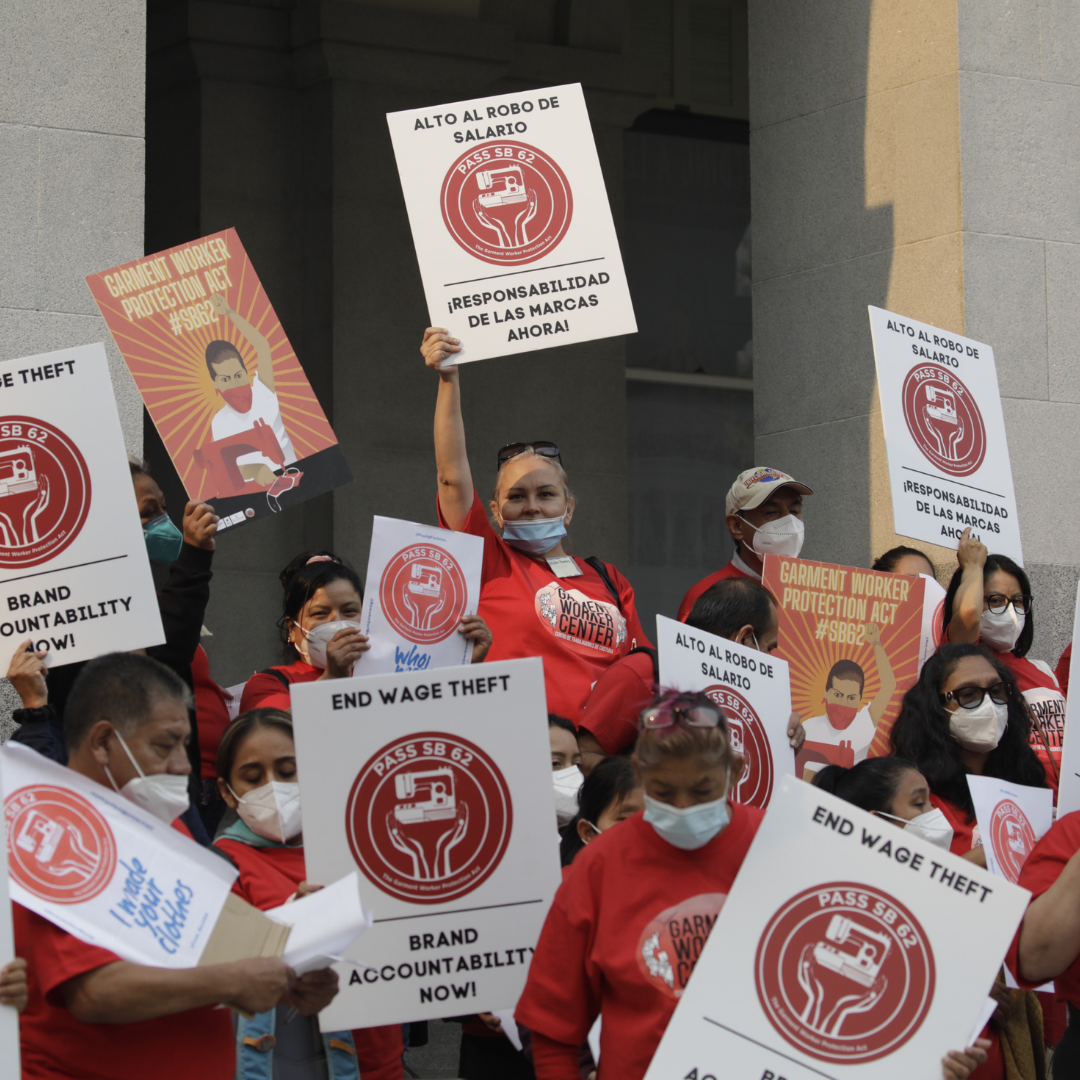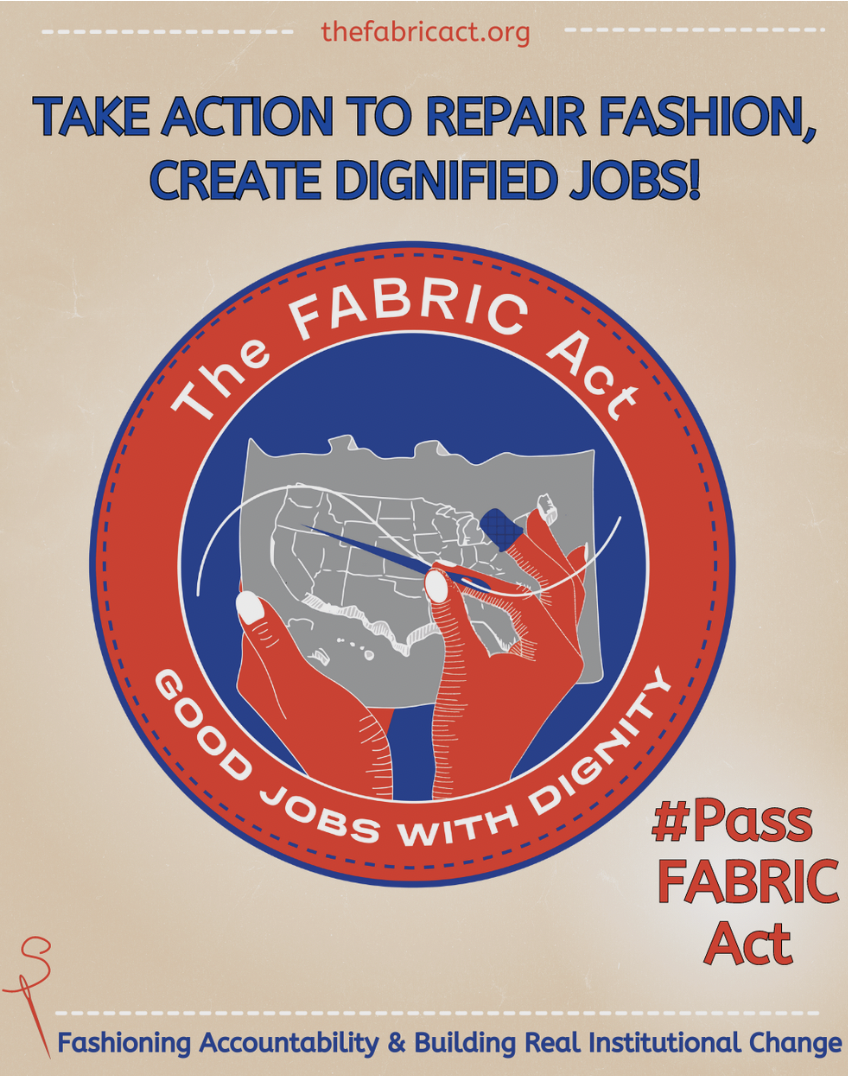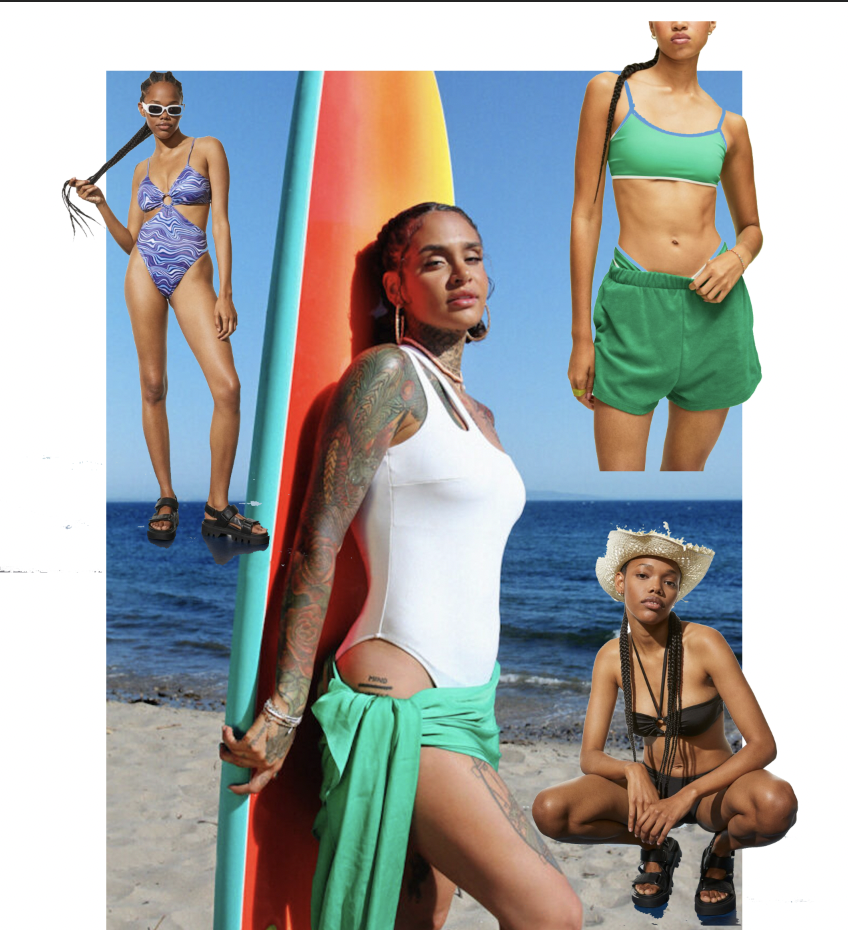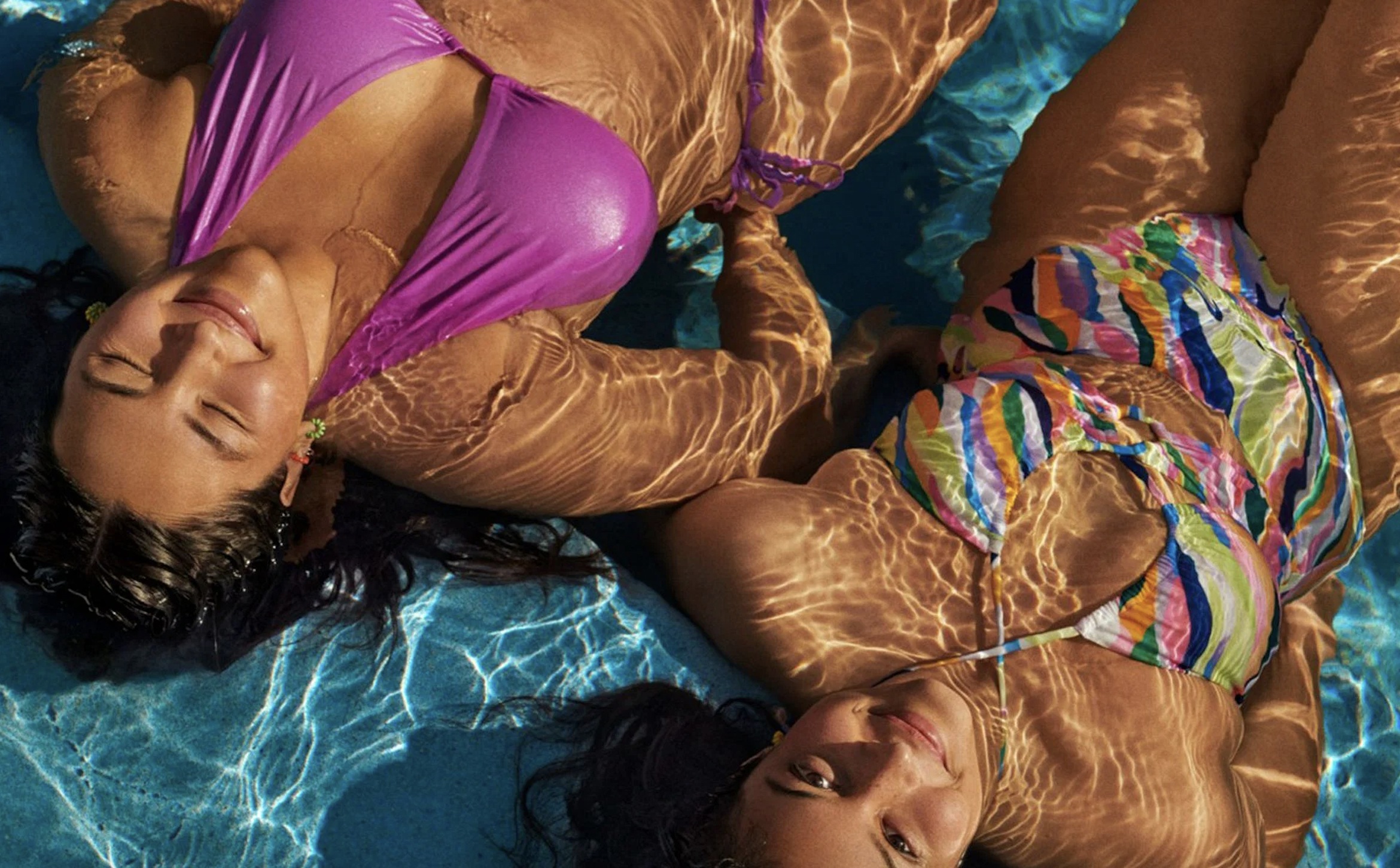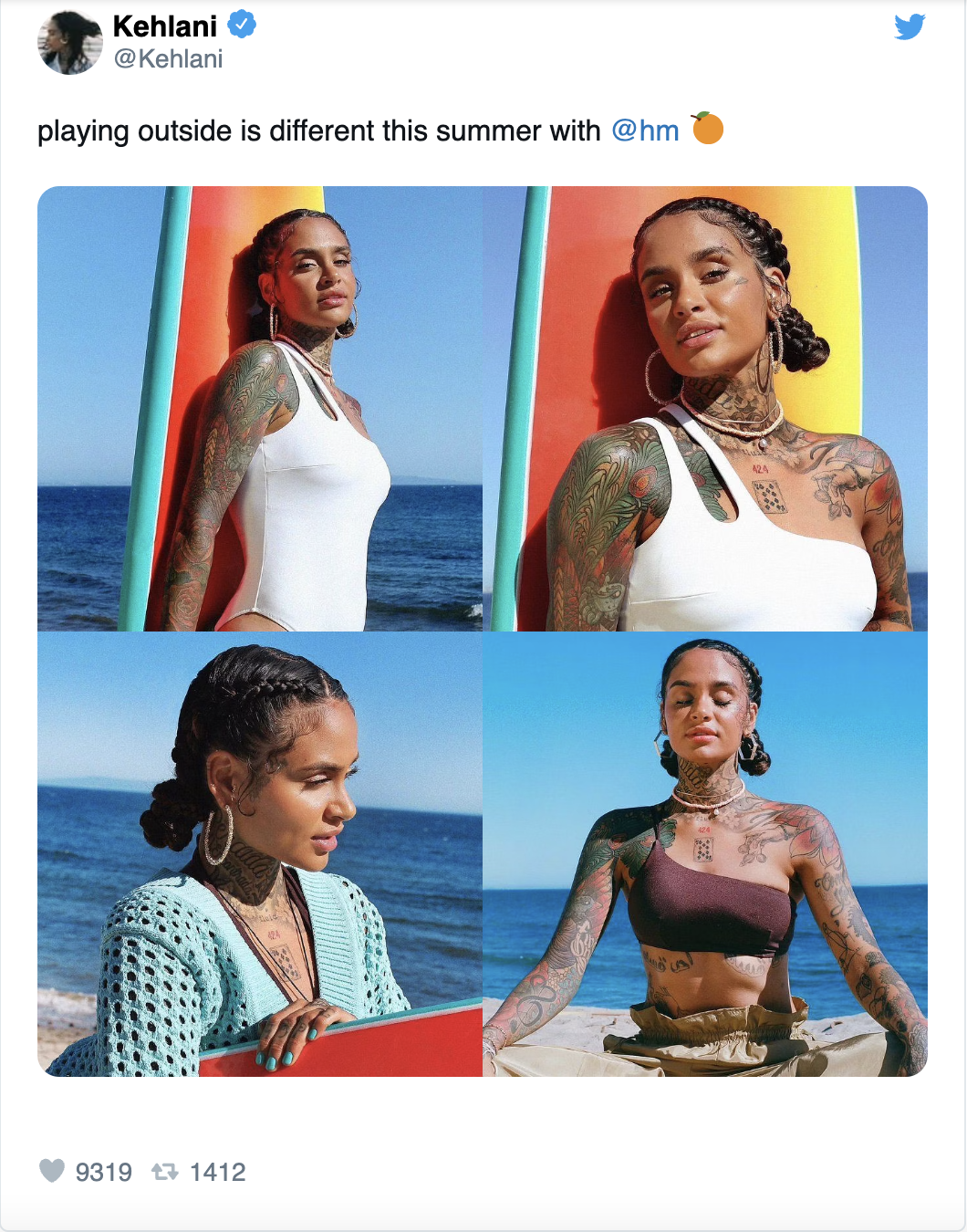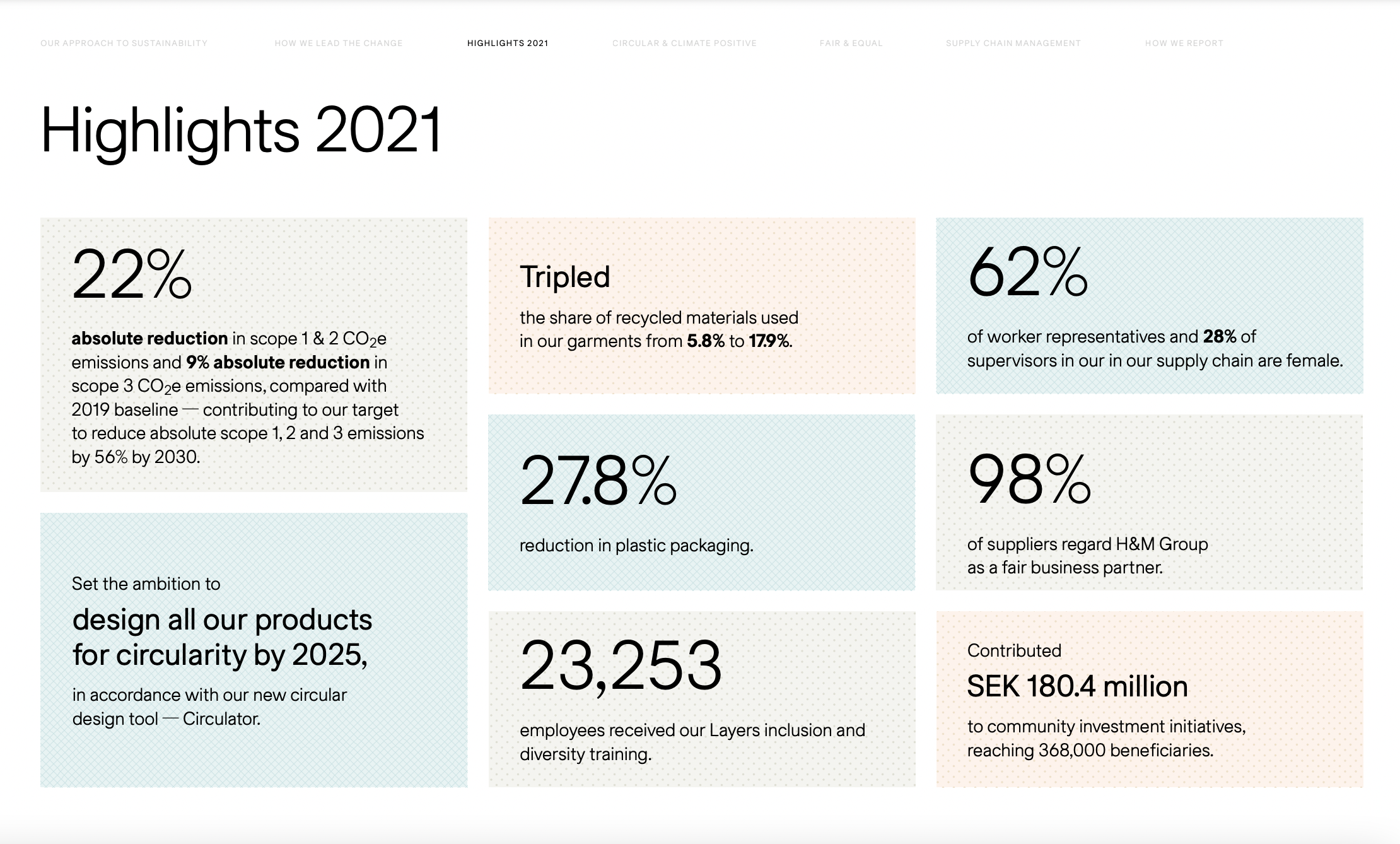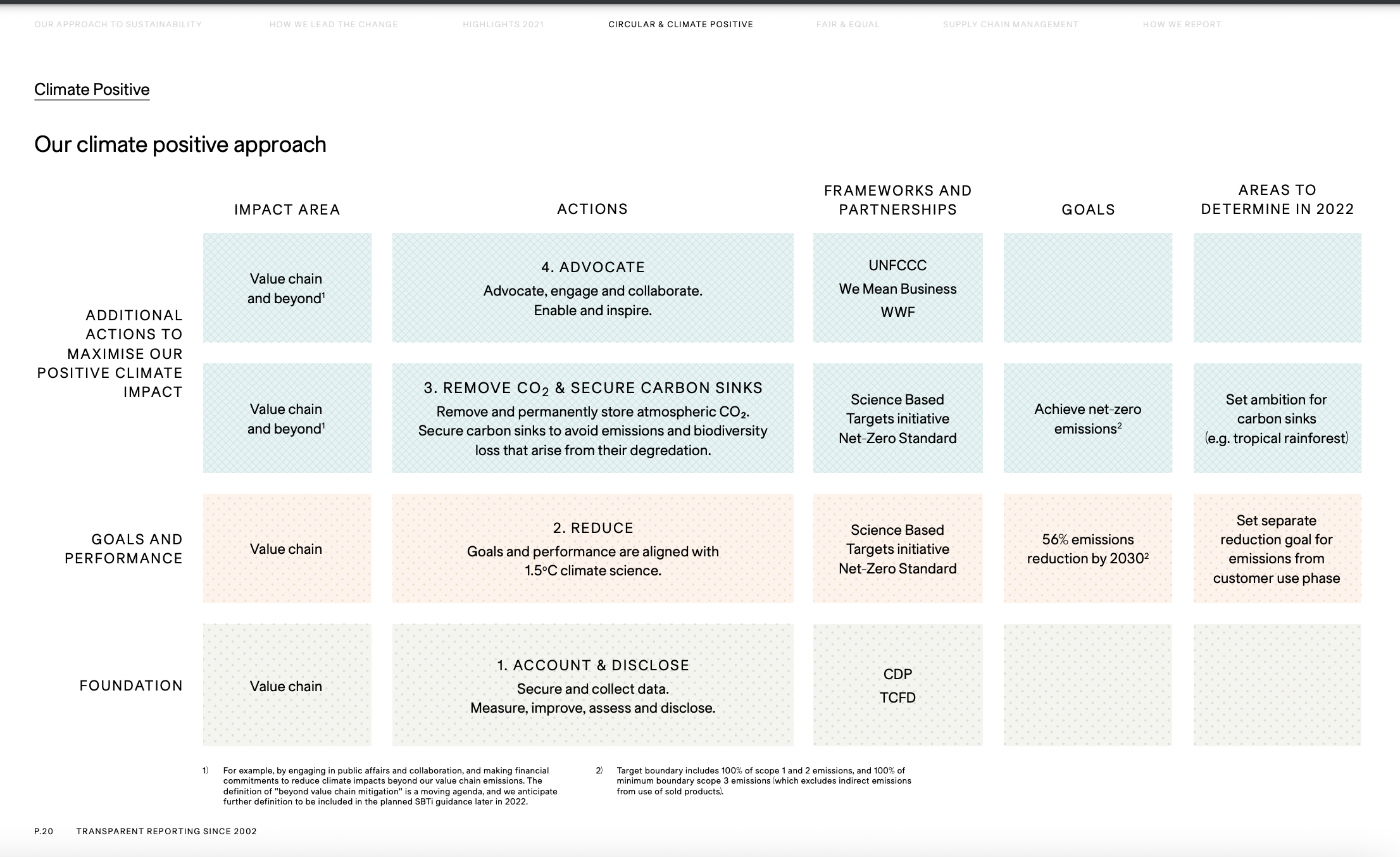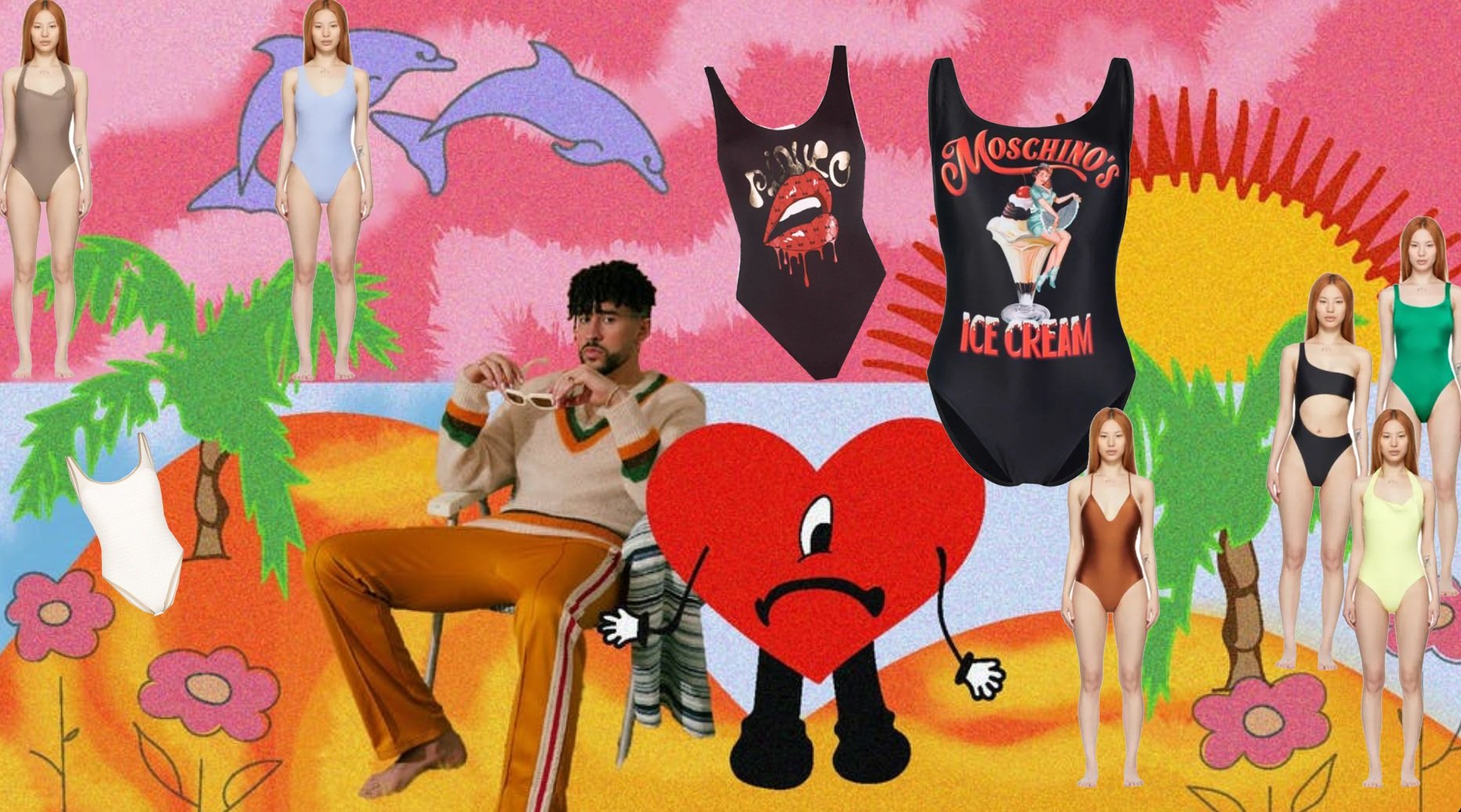FASHION LAW CURRENTLY IN LEGISLATION THAT COULD CHANGE THE TIDES
/Even too many swimsuits flooding to shore can drown you— overwhelmed by slews of new styles, oversaturated with the waves of Tik-Tok oriented microtrends, and overwrought with end-of-summer sales, the swimwear industry could use a moment to slow down and catch a breath.
Like Kelly Slater and Pamela Anderson, the lifeguards coming to our rescue don suits; yet rather than high-cut red nylon, these suits mean business. Groundbreaking fashion legislation enters Congress with the New York Fashion Act conquering the nation’s fashion headquarters on a state-level and the FABRIC Act tackling the country on a federal basis.
What is the New York Fashion Act?
Fully titled the Fashion Sustainability and Social Accountability Act, this bill would require that any and all retailers cashing in at over $100 million in annual revenue with headquarters in New York State publicly present a minimum of 50 percent of their supply chain. From the sourcing of raw materials to the site of product manufacturing, this map must also include each brand’s contribution to the acquisition of a fair wage, the conscious management of water and chemicals, and the monitored emissions of greenhouse gasses. Notably, this report would force retailers to further disclose material production volumes– in other words, the total mass of textile produced and sold. Such transparent disclosures would not only force corporate administrations to take accountability for their ecological footprints, but additionally to exhibit concrete plans to reduce such numbers in accordance with the Paris Climate Accords.
Should any company fail to disclose this information, they are to be fined 2% of annual revenues– which, at the levels of LVMH and Gucci Group, both NYC-based, could be catastrophic– a fitting incentive to go green. Fines collected from those who refuse to comply with the new demands funnel to a community fund in support of the New York Department of Environmental Conservation– promising transformative corporate action if not funding for further legislative action. Although regulatory laws in California– such as the banning of fur sales or the Garment Worker Protection Act – mark similar attempts to encourage humane clothing production, a bill like the New York Fashion Act is unseen so far in the American government as it poses a hefty ultimatum: change your ways, or pay the price.
Perhaps New York Governor Kathy Hochul should sit front row at New York Fashion Week more often!
What is the FABRIC Act?
An appropriate acronym for “Fashioning Accountability and Building Real Institutional Change,” the FABRIC act (S.4213) enters the US Senate with the intent to specifically regulate the labor and production segment of the supply chain. Coincidentally proposed to the United States Congress by a New York senator, the bill most significantly suggests an enforced minimum wage for garment workers. Less than two percent of garment workers worldwide earn a living wage, over 100,000 of which are based in America. To eliminate wage theft from the American factory would essentially summon a tsunami of offshoring cheaper labor overseas, yet the FABRIC Act proposes an incentive for responsible reshoring in the form of 30 percent company tax credits and a $40 million domestic grant program to revitalize garment manufacturing within the US. Additionally, the FABRIC Act proposes the creation of a nationwide garment industry registry to increase the transparency of the supply chain, as well as a position of Undersecretary of Labor of the Garment Industry to enforce the new regulations upon any companies contracting or subcontracting factories found in wage violation.
After a wave of globalization engulfed the post-war market in the 1950’s, the FABRIC Act suggests an opposing tide of Made in the USA labels to approach the contemporary industry. However, taking into account the higher costs of labor under a regulated minimum wage, the consumer’s costs are sure to simultaneously rise.
Should either, or in an ideal world, both of these bills pass into effective law, not only will the current system of the American fashion industry radically change, but the international economy will face consequences. New York and California mark immense fashion capitals; consequently, the movement of the luxury juggernauts stationed there will slingshot the industry as a whole into uncharted environmentally-friendly territory.
Want to make a change? Visit our TREND tab to shop Sustainable Swim Wear & live out your best Green Girl Summer.
Written by Lily Moskowitz


